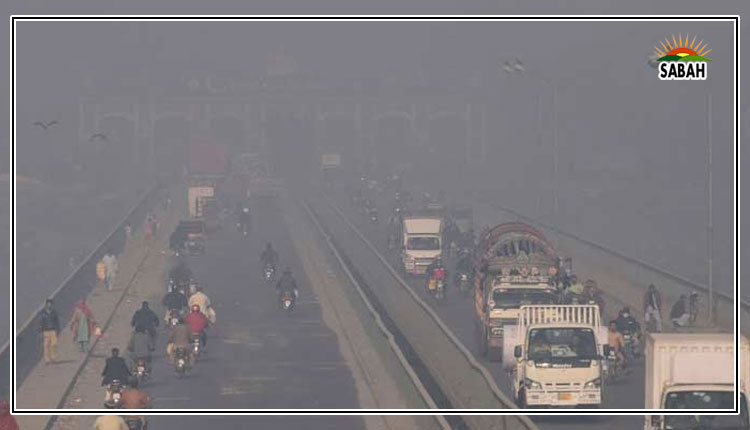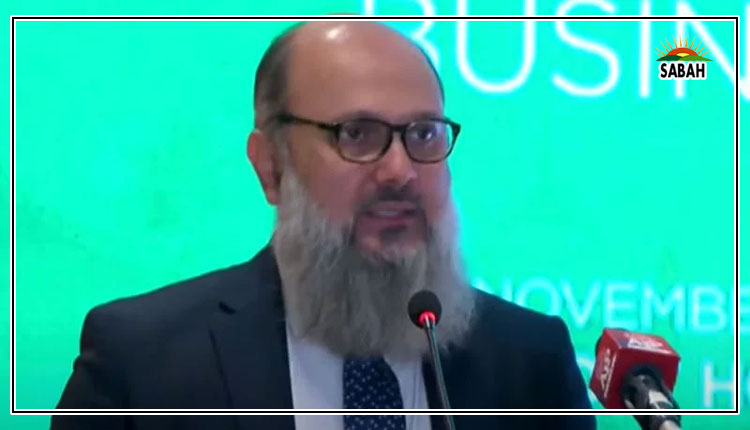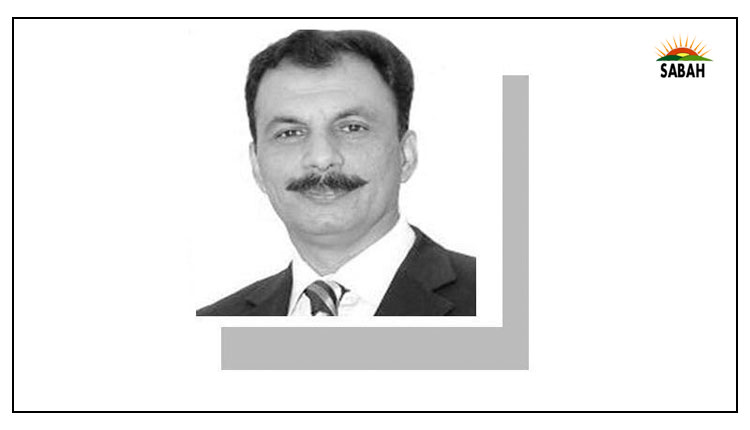Darkness to light…Mohammad Ali Babakhel
GROWING violence on educational campuses has debunked the myth that extremism is somehow confined to religious seminaries. It is true that, along with other factors, a lack of education is a potential driver for radicalisation. However, education is also one of the most effective mediums for extremists to penetrate youthful minds. Repeated incidents in our educational spaces reflect the disquieting fact that they are now confronted with both physical and psychological insecurity.
After the Brussels attacks of 2016, radicalisation in schools has become a priority area for policymakers and educators. Tackling violent extremism (VE) through interventions in education is part of a broader shift towards countering extremism with efforts that address environments favourable for the spread of hateful ideologies. Through such interventions, schools are expected to create a secure environment for their students, promote tolerance and social inclusion, discourage discrimination, and prevent violence.
Building the facultys capacity to resolve conflicts and understand the push and pull factors leading to VE is equally important. At school, young people should be taught how to tackle polarisation and respect diversity. Children should be introduced to logic, critical thinking, problem-solving and negotiation skills. Empowering students to think critically, teaching them to challenge ideas, construct rational thoughts, and engage in meaningful debate proves helpful in preventing violent extremism (PVE).
A few societies have focused their activities on the psycho-social theory of Fathali M. Moghaddam in The Staircase to Terrorism. This explores psychological factors that lead an individual to commit a terrorist act. Among the factors are the psychological injustice of material conditions, perceived options to fight unfair treatment, displacement and aggression, moral engagement and polarisation. To apprehend any adverse situation, training teachers to detect early signs of radicalisation is critical. However, for their best interests, teachers should not be viewed as informants, which can undermine their relations with students families and their community. Community engagement in childrens education and building trust between schools and communities should be clear aims of counter violent extremism (CVE) programmes.
Teachers should be aware of the risks of online forums.
Teachers should be on the front line of teaching students how to save themselves from extremists influence. Discussion meetings between parents, teachers, psychologists, and social workers on the role of psychosocial services for students and breaking of taboos in the individual-psychologist relationship are important. Reintegration of children from conflict areas through special educational programmes delivered via public schools is another neglected area that requires the policymakers attention.
While dealing with P/CVE, teachers should be equipped to raise students awareness of the risks of extremism and encourage critical thinking. They should educate students about democratic values, and political, religious and ethnic tolerance. They must create a safe environment for dialogue about controversial topics in class. Ideally, teachers should also provide alternative narratives to extremist propaganda, and teach students how to build a safe online culture.
Social media provides a fertile ground for extremists to recruit new talent. Teachers should be aware of online platforms used by young people and their potential dangers. They should have knowledge about the threats on the internet, especially when it comes to the recruitment of young people by extremists, and about how extremists disseminate propaganda online. They should educate students about the dynamics of hate speech and fake news, as students may be unaware of the messages behind provocative content that is being disseminated in virtual spaces.
If a student disseminates extremist ideologies and distributes hate material among classmates, educationists should be trained on how to deal with such situations. They should be trained on how to work with parents, social services, and police. Responding to the threat of extremism warrants the creation of an appropriate classroom atmosphere and a democratic school culture. Students should be trained on how to identify bias, and teachers should provide a safe space where students feel comfortable expressing their opinions.
Our teachers can perform an immense national service if they help students enhance their awareness and build resilience against radicalisation. Knowing how to identify and respond to signs of radicalisation, engaging constructively in conflict resolution, and facilitating communication can help many vulnerable souls make the journey from darkness to light.
Courtesy Dawn











